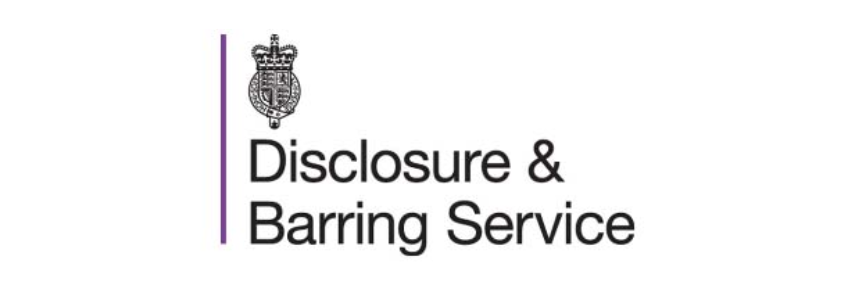.png)
Neurodiversity
Variation is always present in the way individuals think, learn, and act toward others. That is the diversity in Neurodiversity.
.png)
Flowers come in all shapes and sizes. One type is not better than another, they just have different ways of reacting and behaving and showing their floweriness. All are beautiful and marvellous.
Variation is always present in the way individuals think, learn, and act toward others. That is the diversity in Neurodiversity.
Sometimes, this can be quite pronounced and sometimes subtle. Everyone likely has variations in these parameters but, those with Neurodiversity have a more noticeable element of these qualities.
These can be seen as a disability or restriction, whereas a tolerant progressive and intelligent society sees them as differences that can be extremely successful if nurtured and incorporated into society. Sometimes this is not possible, but it should always be aspired to. Individuals with Neurodiversity, including people like Einstein, Tesla, Elon Musk, Jane Austin, Henry Ford, and Emma Watson could all be considered Neurodiverse.
The key is getting to know the person, not the behavioural characteristics and changing thinking about how they are, not seeing them as troublesome, odd, weird, awkward, annoying or any other pejorative description. Instead embracing their difference and making new rules for courtesy and other important aspects of human interaction relating to these individuals.
Individuals with Neurodiversity are essential in the make-up of a healthy and productive society. One author made the analogy of individuals with ADHD as “hunters in a farmers' world”. This means they are different but all equally valuable in a fair and healthy world.
Understandably however we have to homogenise our behaviour and expectations of individuals, which will mean that Neurodiversity characteristics will be less frequent, and individuals may be seen as different. Again the concept that they are different but also the same is important.
It is so important that Neurodiversity is recognised rather than seen as a pathology.
The term originated in reflecting the differences individuals with autism had. It now is used for all neurocognitive diversity, including: –
dyscalculia – this is difficulties with numbers
dyslexia – this is difficulties with words and communication
dyspraxia – can be simply called clumsiness
ADHD – which is characterised by impulsivity, focus and organisation differences.
Tourette’s – which is an increase in tics, and involuntary movements.
All individuals will probably have an element of all of these characteristics and indeed individuals called, “normal” will have elements of these differences.
Individuals with Neurodiversity can face various challenges in the workplace both, socially, communicatively and executive functioning. Similarly, however, there are well-recognised ways to overcome any problems or difficulties that may arise from this.
Simply speaking, individuals with autism may have great attention to detail and be valuable in roles requiring this. Individuals with ADHD can be very innovative and creative again important to many fields of employment.
Neurodiversity is not an illness a pathology or a curse. Rather it is a natural variation of brain function that is worth harnessing and fitting into society.
There are many steps that are tried and tested such as flexible work arrangements, sensory-friendly environments, assistive technology and specialised training and support that can achieve this integration.
There are various charities and also the government Access to Work scheme that can provide help and advice in that regard.
The equality legislation means businesses have a legal obligation to provide reasonable adjustments for individuals with conditions that would be likely covered by the equality legislation. Unfortunately the word disability is an issue here but otherwise the need to accommodate an individual’s diversity can be seen as a reasonable adjustment.
Generally for a better workplace education, open communication, Neurodiversity resources and support, a culture of acceptance and to a degree individuals with Neurodiversity fitting into the workplace will be beneficial for all.
Sensory difficulties are common across the group of people with Neurodiversity. Simple steps taken include noise-cancelling headphones, sensory-friendly workplaces, adjustments to light and temperature and flexible working arrangements.
Executive functioning adjustments can include structured working tasks, visual schedules, prioritisation tools and coaching and mentoring.
Regarding social interaction help, again coaching and mentoring and help, as can teambuilding activities, sensory-friendly social events and clear communication.
To build an inclusive workplace requires resources and support for managers and co-workers. Sadly sometimes stigma and stereotyping can occur and education on language, the strengths associated with the situation, as well as training and education can be very helpful for the rest of the workforce.
Finally, there is a business case for Neurodiversity in the form of some of the following, increased innovation, employee engagement, positive brand reputation and a general feeling of being inclusive and doing the right thing.
If you require any assistance please do not hesitate to contact a health professional.

.png)
.png)
